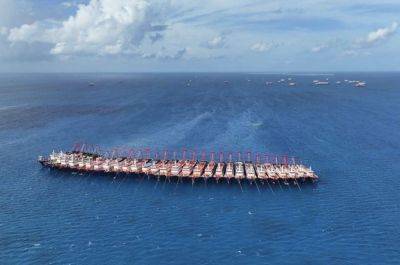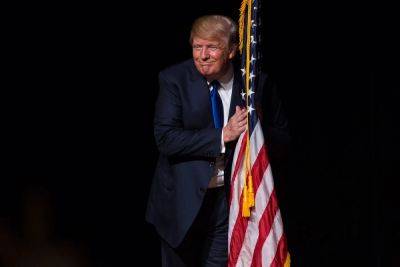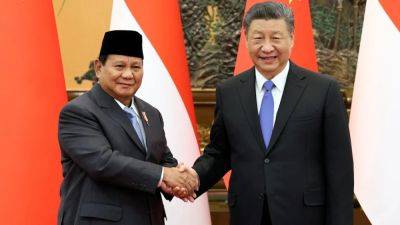China’s gray zone social media war comes to America
China employs various “gray zone” tactics – moderately aggressive actions that are not egregious enough to provoke conventional military retaliation – against multiple adversaries. One such tactic is deployed within the United States: undeclared influence operations through social media.
Chinese government-linked activity has recently become more worrisome. Previously the principal danger was People’s Republic of China (PRC) propaganda lulling the US into uncritical acceptance of the Chinese Communist Party’s (CCP) foreign policy agenda. Now, the Chinese government is adding its weight to the forces tearing at America’s national fabric from the inside.
Until recently, the main thrust of PRC-sponsored messaging aimed at Americans through social media was to cultivate a positive image of China and its current government and to promote Beijing’s point of view on China-related controversies such as Taiwan’s political relationship with China, Chinese treatment of Uighurs and Tibetans, and the restriction of civil liberties in Hong Kong.
The content of social media posts was similar to what Chinese diplomats based in the US were saying when they gave public speeches and TV interviews or wrote editorials for newspapers.
This contrasted with the messaging promoted by the Russian government, which generally disparaged the US government and amplified highly divisive US domestic social and political issues, suggesting the Russian goal was to foment political instability in America.
This seemed consistent with the respective Russian and Chinese relationships with the US. Vladimir Putin wanted to hurt the United States. He held deep grudges over
- the loss of Russia’s great power status in the 1990s;
- humiliating US treatment of







